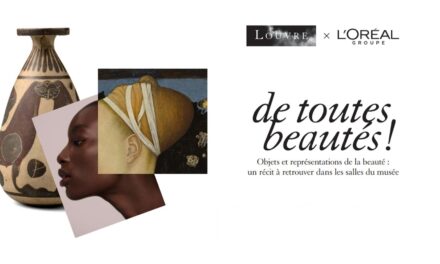OG Perfumes v/s cheap Knock-Offs
Image used for illustrative purposes only
Copycat products, often sold at lower prices, undermine the brand equity and consumer trust that original brands have built over the years besides causing them economic loss. They also pose health and environmental risks. Stricter regulations, better labeling, and increased consumer awareness are needed to combat the risks posed by counterfeit perfumes.
Counterfeit products not only result in lost sales for original brands but also damage their reputation and brand loyalty. Consumers who unknowingly purchase knock-offs may associate the inferior quality of these products with the original brand, leading to long-term negative effects on brand perception.
Harmful chemicals in these knock-offs can cause allergic reactions, cancers, and chronic diseases. The lack of transparent labeling further increases consumer risks, as highlighted by a 2022 report from the Proceedings of the Society of Photo-Optical Instrumentation Engineers. The Environmental Working Group (EWG) Skin Deep® Cosmetic Database reveals that the term “fragrance” on labels often hides up to 3,163 different chemicals, including hazardous phthalates, octoxynols, and nonoxynols Counterfeit products may contain banned ingredients or heavy metal contamination, leading to severe health issues. A 2019 study in the journal Molecules used molecular composition comparisons to detect counterfeit perfumes, emphasizing the poor quality and harmful ingredients in fakes. Environmental concerns are also significant. Synthetic musk fragrances found in many counterfeit products are highly toxic and persist in aquatic ecosystems, as shown in a 2005 report in Environment Health Perspectives.
One of the primary challenges faced by original perfume brands is the difficulty in legally protecting their scents. While the Trademarks Act, 1999 allows for the registration of non-conventional trademarks, including smells, the requirement for graphical representation makes it challenging to register scents. This leaves original brands vulnerable to imitation and counterfeit products.
Additionally, the subjective nature of smells and individual perceptions about a scent make it hard to establish a consistent and universally recognizable trademark. This ambiguity in legal protection allows knock-off brands to thrive, often misleading consumers with similar packaging and names.
In response, original perfume brands are exploring alternative avenues for protection, such as trade secrets and shape trademarks. However, these measures are not fool proof and require continuous vigilance and innovation to stay ahead of counterfeiters.
The battle against knock-off perfumes in India is ongoing, with original brands striving to protect their intellectual property and maintain consumer trust in an increasingly competitive market.

Author : Sheela Iyer
sheela@cosmetech.co.in
Sheela Iyer is an observer of the Indian Cosmetics & personal care industry and the editor of ‘Cosmetech’. She regularly video interviews industry experts on Cosmetech TV and has her fortnightly podcast ‘Cosmetics Today’
Subscribe to our free newsletter to read the latest news and articles before they are published.












Subscribe To Our Newsletter
Join our mailing list to receive the latest news and updates from The Cosmetics industry
You have Successfully Subscribed!